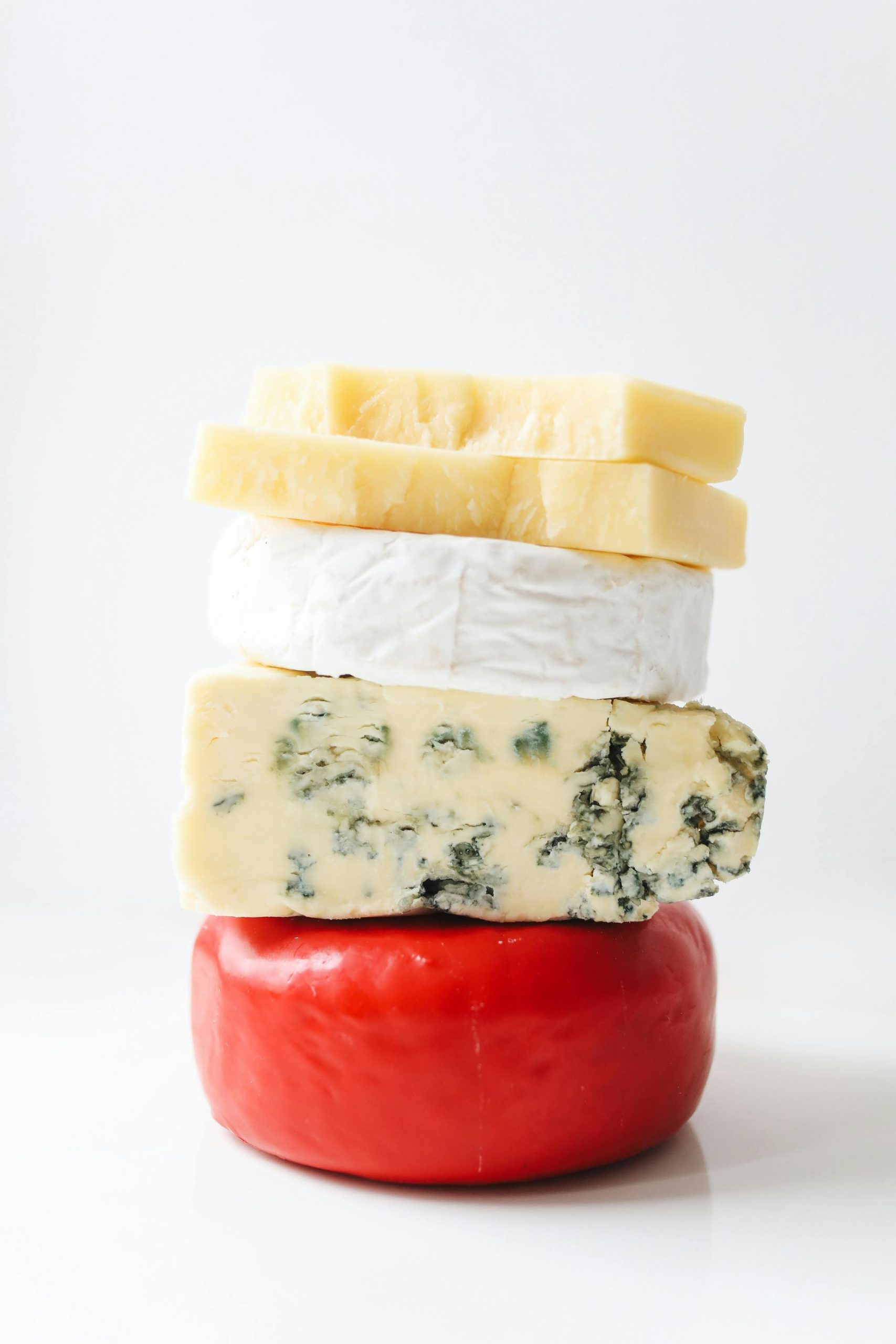Can this Calphalon saucepan be brought back to life?
https://imgur.com/a/J6fpWwi
I’ve had this saucepan for quite some time—it’s an old Calphalon model, and I can’t even find a model number on it. I believe it’s one of their hard-anodized versions. I did try to get a replacement under warranty, but my request was denied.
As you can see, it has built up a good layer of “seasoning.” While I’m not overly concerned about that, it can be a bit of an eyesore when I have guests over. I’ve used some rough-grit sandpaper to tackle the worst sections and managed to remove a lot of the built-up residue (likely food).
Recently, while researching new saucepans, I came across information about cast iron cooking and the practice of stripping old pans with lye or oven cleaner before re-seasoning.
Would that be a viable option for this pan? Are there other methods I could try to make it more presentable?
It still serves me well for everyday cooking, and I really dislike the idea of tossing it out when it still has life left in it.
Thanks for your suggestions!

Leave a Reply
You must be logged in to post a comment.